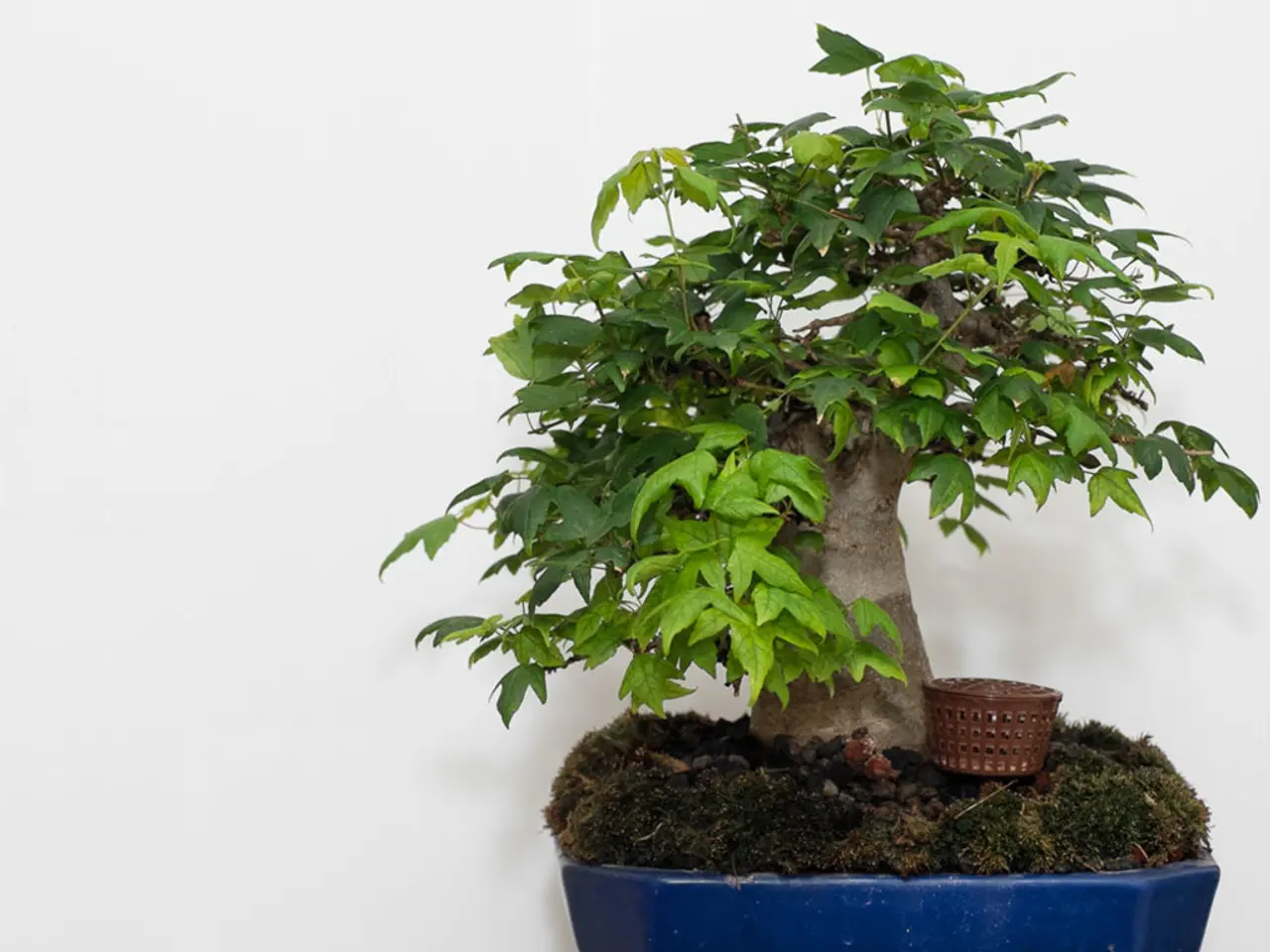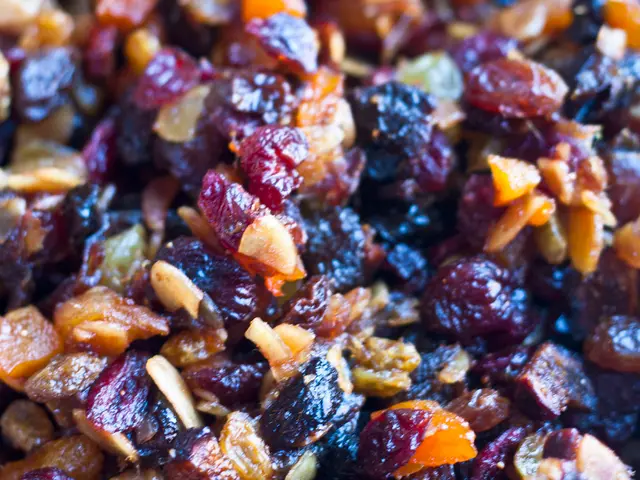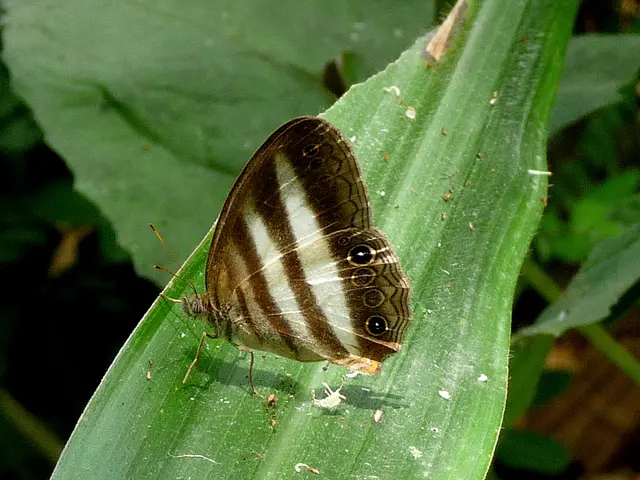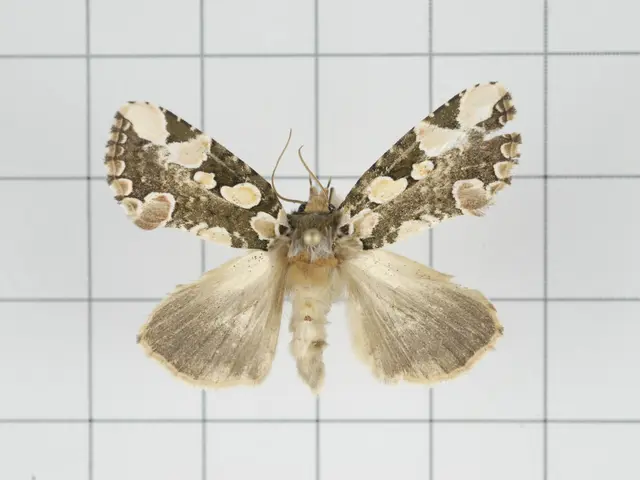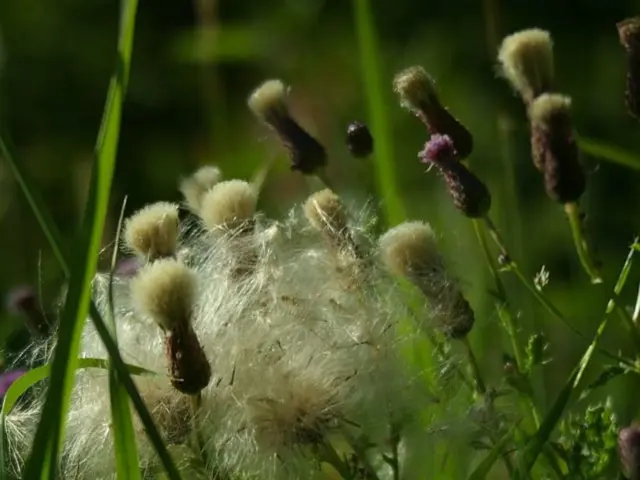Maintaining Suitable Indoor Humidity for Vibrant Bonsai Trees
Indoor bonsai care requires a delicate balance, particularly when it comes to humidity. This article offers practical tips for maintaining ideal humidity levels around your indoor bonsai, promoting healthy growth and vibrant foliage.
When choosing a humidifier for your indoor bonsai, consider options that provide a fine mist, are easy to clean, and have adjustable humidity settings. Ultrasonic humidifiers are particularly well-suited for indoor bonsai, offering precision and versatility. However, avoid using humidifiers designed for humans directly with indoor bonsai, as this can lead to over-humidification and promote fungal growth or root rot.
During the dry winter months, maintaining proper humidity becomes even more vital, as indoor heating systems can dry the air and increase transpiration rates, leading to stress and damage to foliage. In such conditions, watering every 2-3 days or when the top inch of soil feels dry to the touch is essential to maintain a harmonious balance of moisture and aeration.
A humid microclimate can be created using humidity trays or pebble trays filled with water, placed under bonsai pots. This technique is particularly useful during dry winter months. However, be cautious of over-humidification, as this can lead to root rot and fungal diseases.
Misting foliage is a simple yet effective technique for maintaining ideal indoor bonsai humidity. This practice offers numerous benefits such as revitalizing leaves, encouraging healthy transpiration, and preventing fungal diseases.
Pruning indoor bonsai in low-humidity environments is essential to maintain shape and promote healthy growth. Dry air can lead to weak, leggy branches; regular pruning encourages bushy growth, compensating for water loss and promoting overall vigor.
Clustering bonsai trees creates a mutually beneficial alliance, forging a humid microclimate that benefits each tree. However, be mindful of the humidity levels in clustered bonsai, as over-humidification can lead to root rot and fungal diseases. Instead, create a balanced microclimate by ensuring adequate air circulation and monitoring humidity levels.
A terrarium can create a humid microclimate for bonsai, but it's not recommended as a primary method of humidity control due to the risk of over-humidification. Instead, use a terrarium as a secondary source of humidity, ensuring adequate air circulation and monitoring humidity levels.
When selecting a bonsai species for indoor cultivation, consider options like Ficus, Juniper, Satsuki Azalea, Chinese Elm, and Zelkova, which are inherently better suited for indoor environments. These species naturally adapt to lower humidity and fluctuating temperatures, making them ideal choices for indoor bonsai enthusiasts.
Utilizing a humidifier is a highly effective way to maintain ideal humidity levels around indoor bonsai, promoting healthy transpiration rates, reducing stress, and encouraging vibrant foliage. By following these tips, you can ensure your indoor bonsai thrives in the perfect humidity-controlled environment.
Read also:
- Symptomatic of the flu? A fresh, home-based COVID-19 and influenza test offers assistance
- Around a third of general practitioners (GPs) have not previously worked for the National Health Service (NHS) or have left their positions.
- Lawmakers in California pass legislation focused on climate, power grid, and utility reforms
- Nutrient-Rich Foods for Growing children: Unleashing Their Potential
